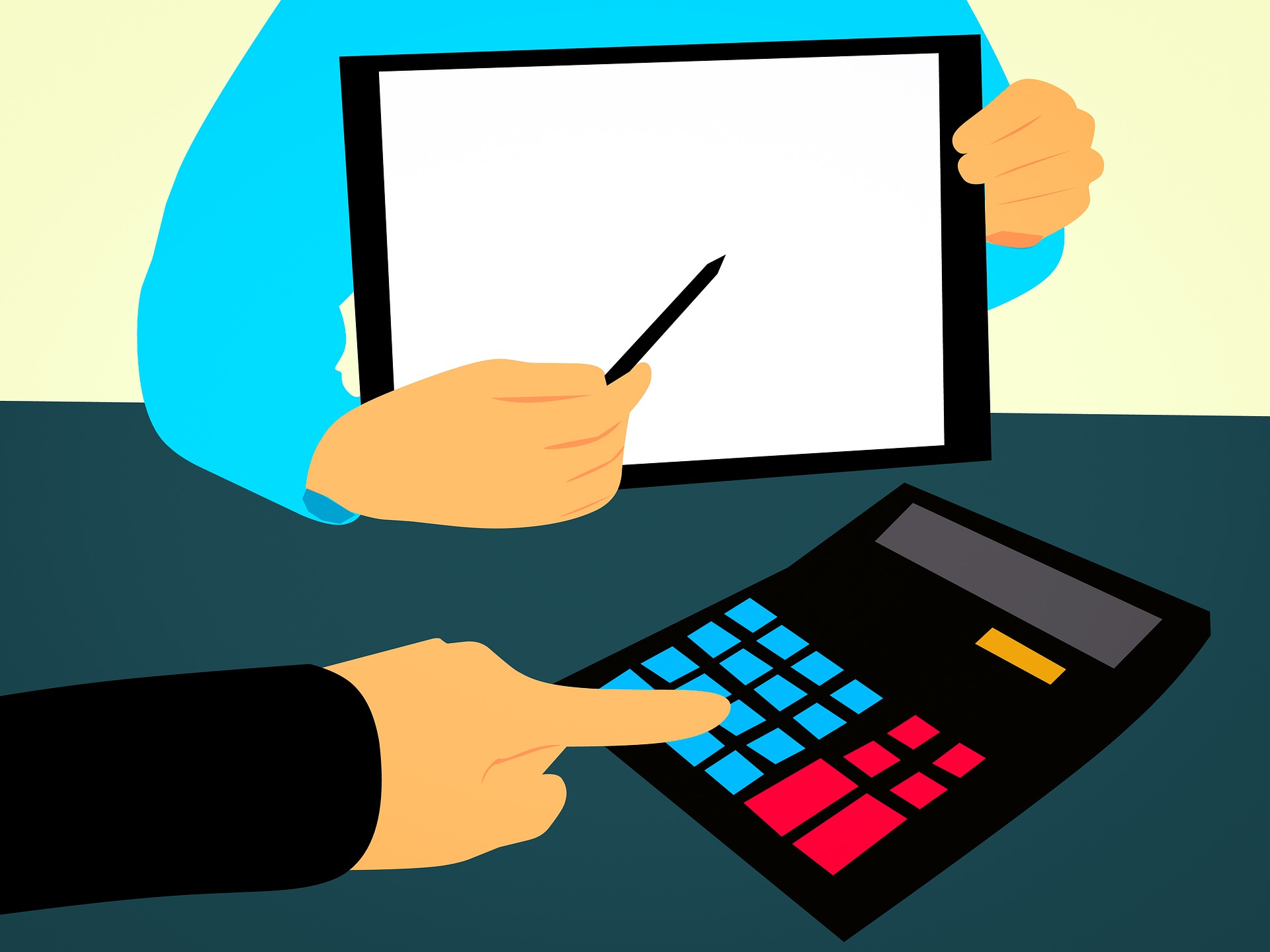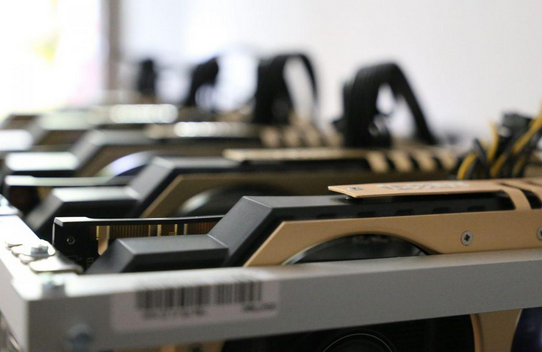Many people with an interest in money find it quite rewarding (and profitable) to pursue a career in finance and banking. But not everyone gets there on the same path. For one thing, there are many careers in the industry, such as management, financial advising, auditing, and lending.
So, depending on what field you want to pursue and where you hope to work, your career path may look a lot different than someone else’s. With that in mind, there are a few tips you need to know to help you break into almost any field within this sector.
Majors are less important than you think:
Many college students get hung up on narrowing down their major in college to match the specific career they currently want. But the truth is that while you do need a degree, the major can vary quite a bit. In fact, many people start out with a major in accounting and end up with economics degree jobs. Or they might start with a major in finance and end up in economics.
Some people even break into the field with unrelated degrees, like psychology or communication. The point is that most managers in the money field know that the skills and knowledge you obtain from any area in business can translate to the others.
You might start at the bottom:
Not all fields are the same, but certain ones (such as banking) rely more on seniority than your level of education. In fact, many people in the banking industry started out years ago with very little education and worked their way up. Other fields also require working your way up, but they may not require you to start in the lowest positions available.
Some sectors in finance and banking will allow you to work your way up very quickly or even start out in management or mid-management positions. Just remember to stay humble, learn all you can, and work hard on even the small jobs you’re given.
Your resume needs to stand out:
While this is true in any industry, employers in the finance and banking industry are looking for specific skills. And depending on where you live and work, your resume could find itself at the bottom of a very big pile. Aside from a simple, professional format, you need to use the right lingo to get your resume seen. Each industry has its own set of particular skill sets that make someone a quality candidate. And banking and finance are no different.
In fact, because the applicant pool is so educationally diverse, your skill set may be the only thing that matters. The ability to communicate well, for example, is at the top of the list. Hiring managers also look for analytical ability, problem-solving skills, and capacity for innovation.
Networking should be your priority:
Networking isn’t just for business professionals looking for more client leads. It’s also one of the most effective ways to land your first job. About 70 percent of job seekers are hired by companies with which they have connections. And networking doesn’t have to be as hard as it sounds: it’s simply connecting with people in the industry.
You can do this by reaching out on social media to individuals or groups in the field you want to work in. You can amp up your LinkedIn profile to appear as an active job-seeker in the industry. You can take advantage of all the college events where professionals in your degree field will be meeting up. And you can simply ask people you know about their careers and connections in banking and finance. You’ll be surprised at how willing most people are to help you out.
Read Also:






















